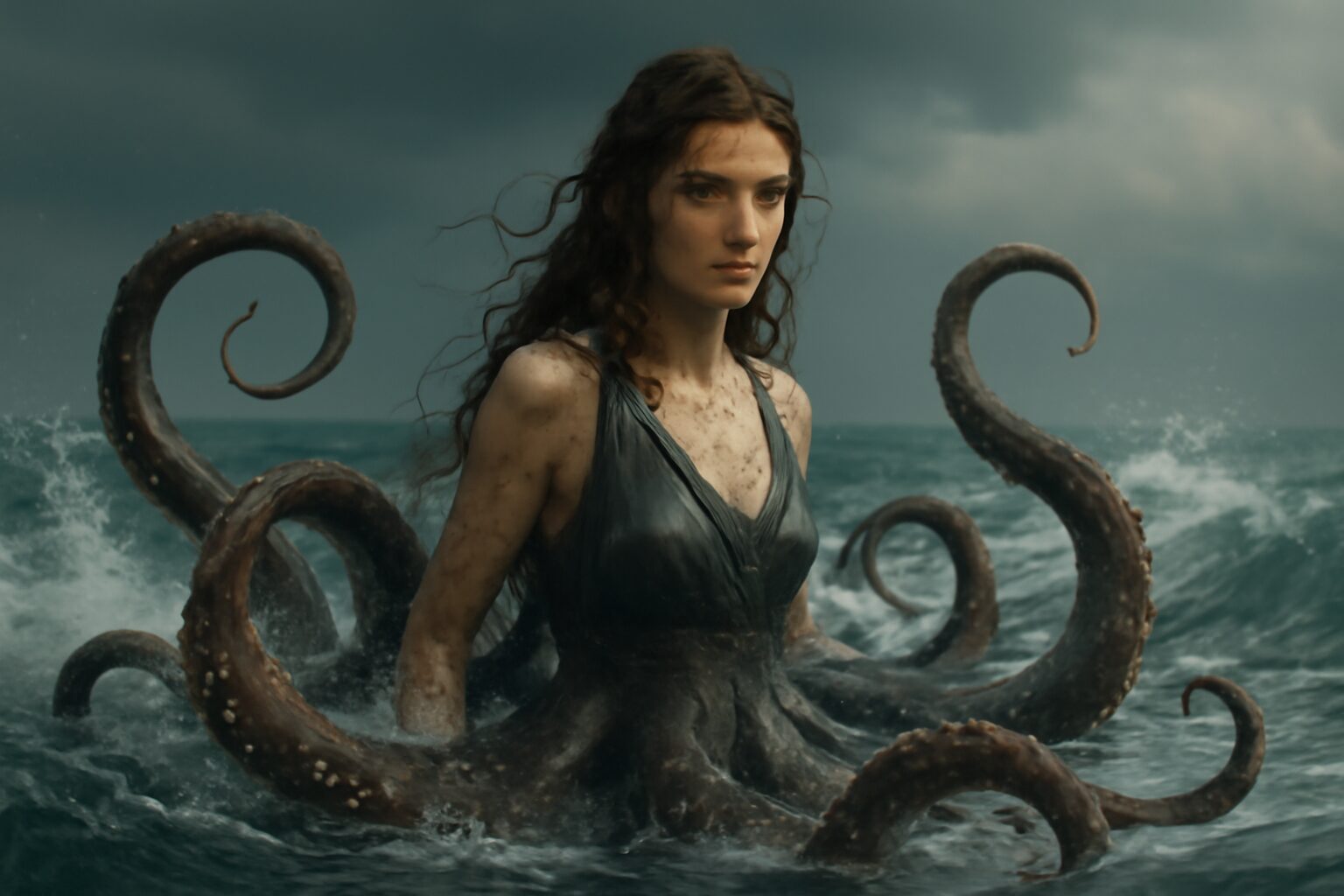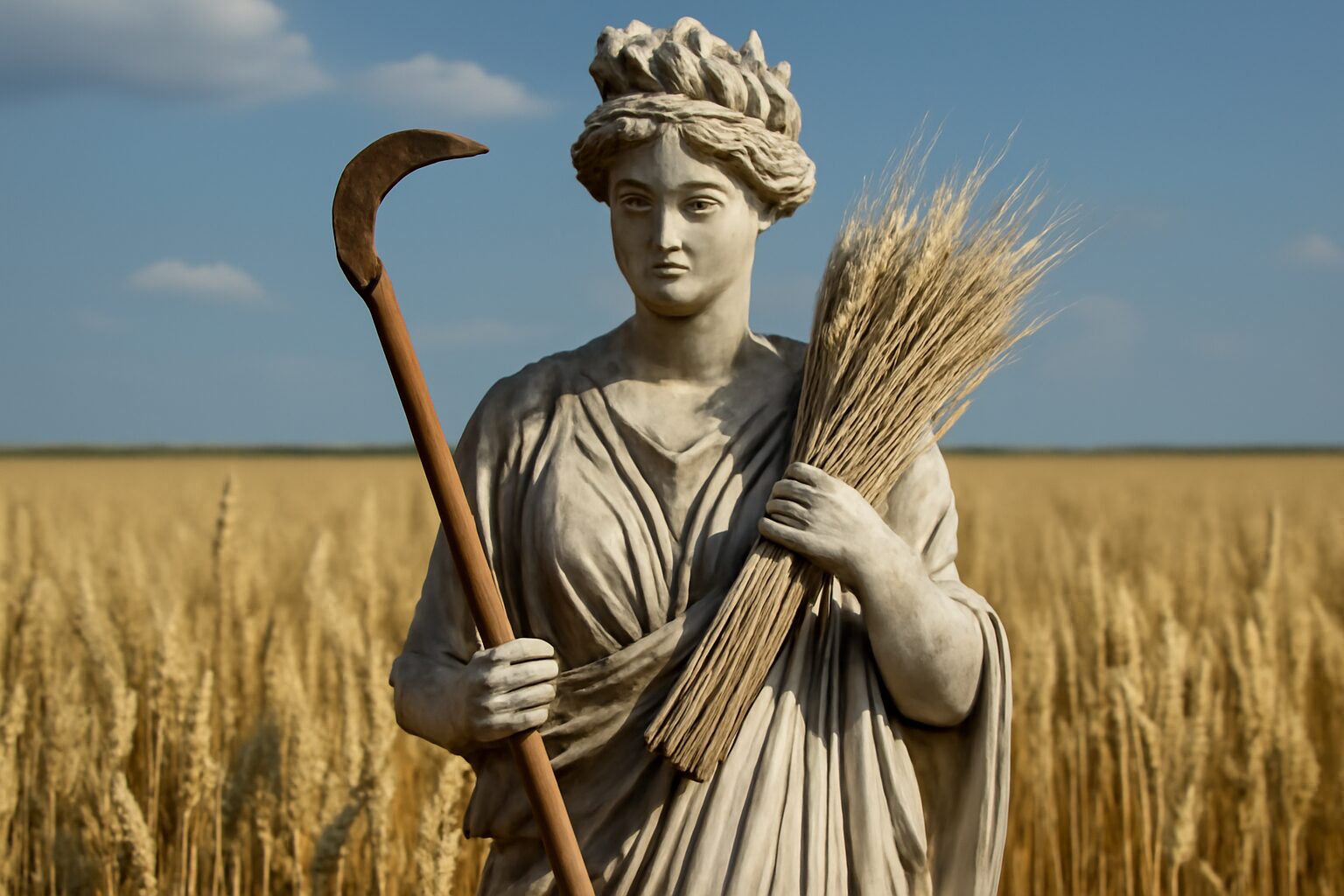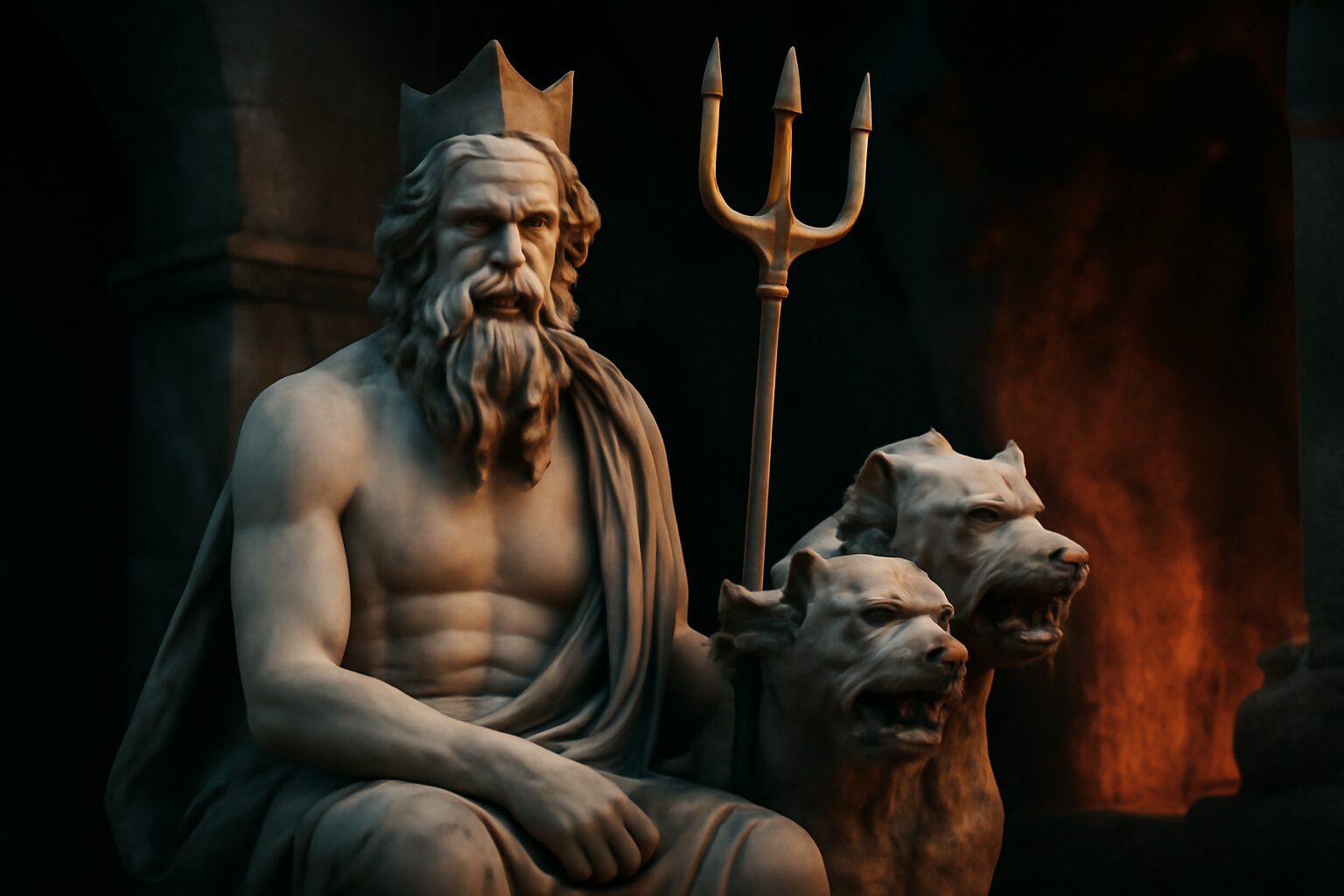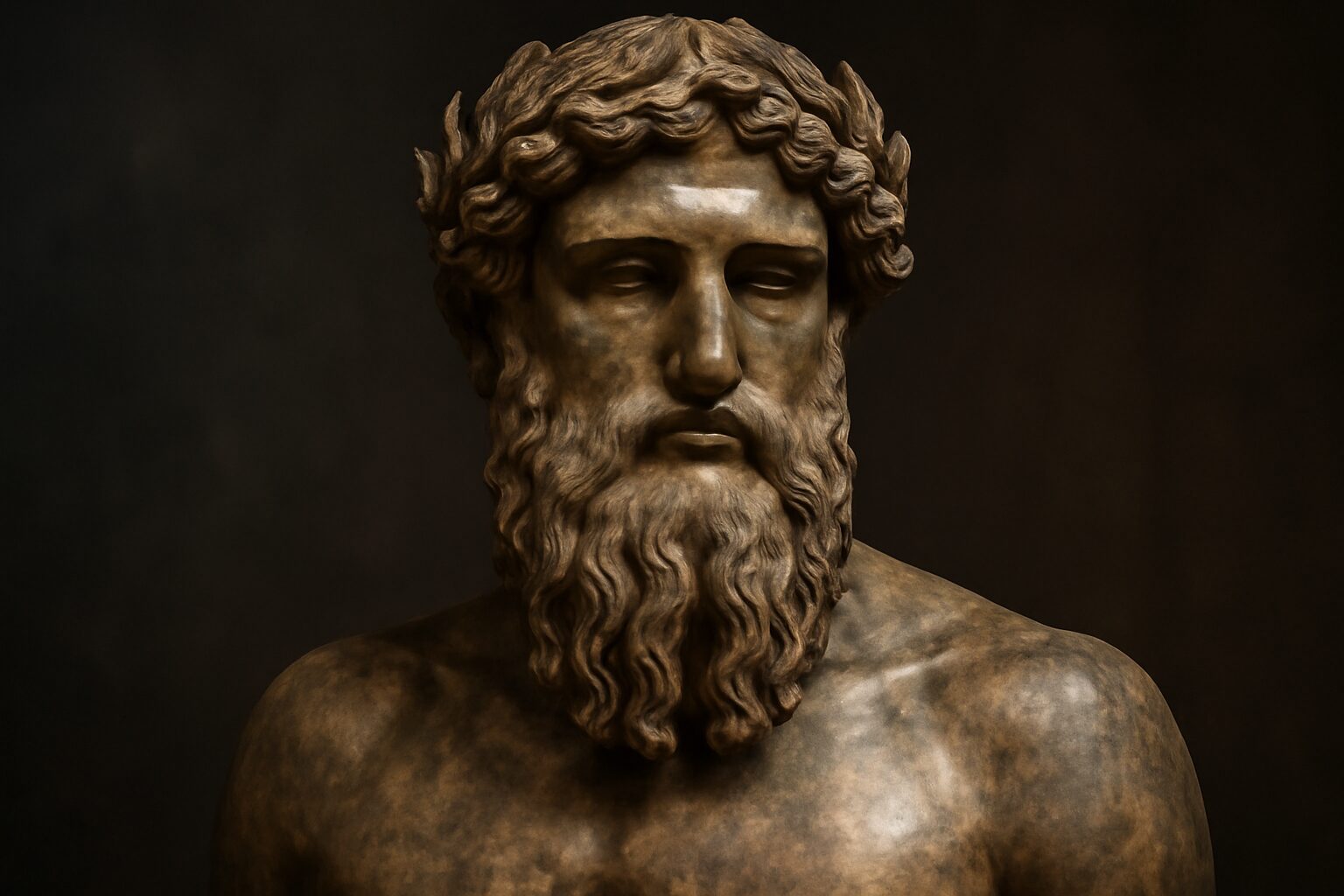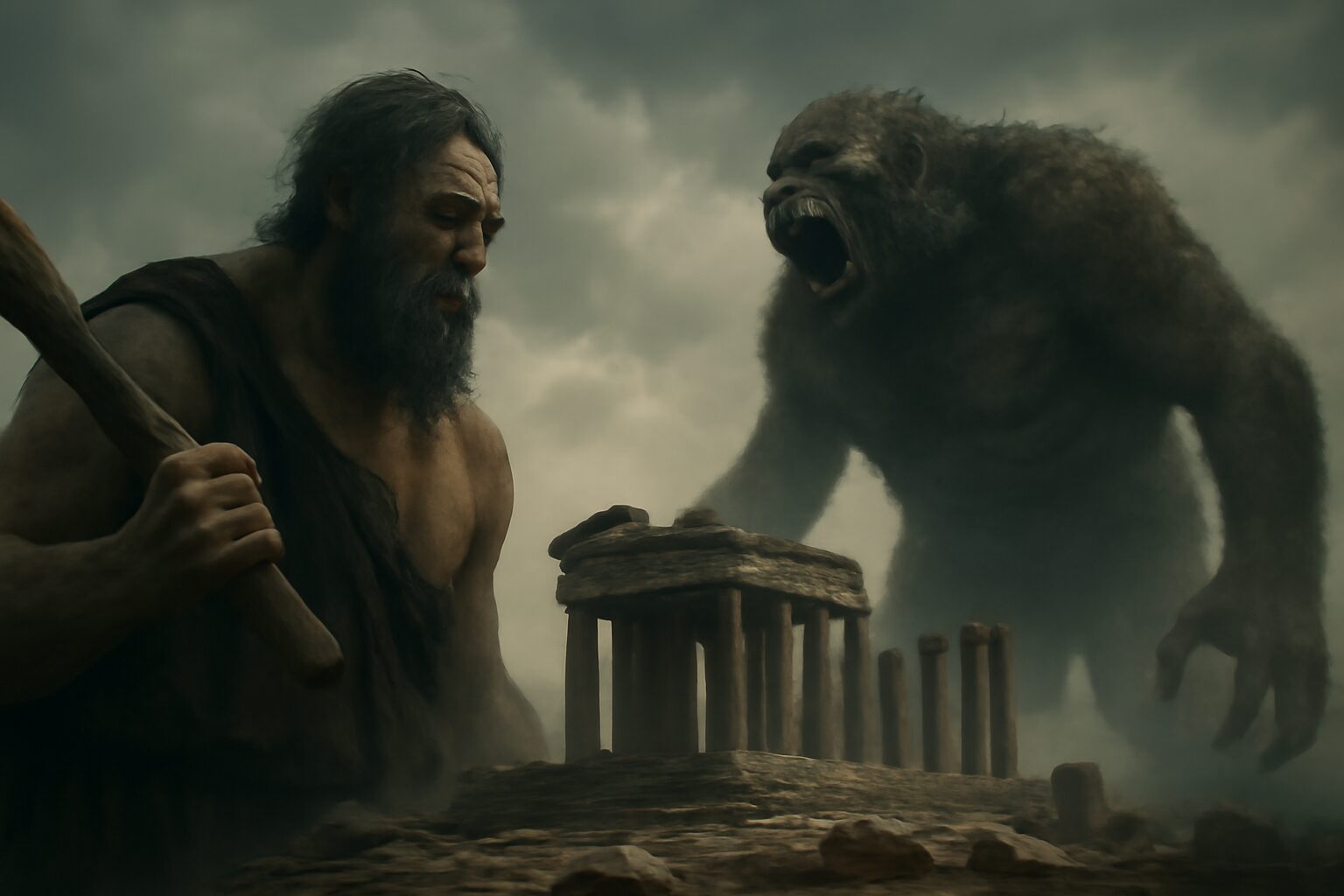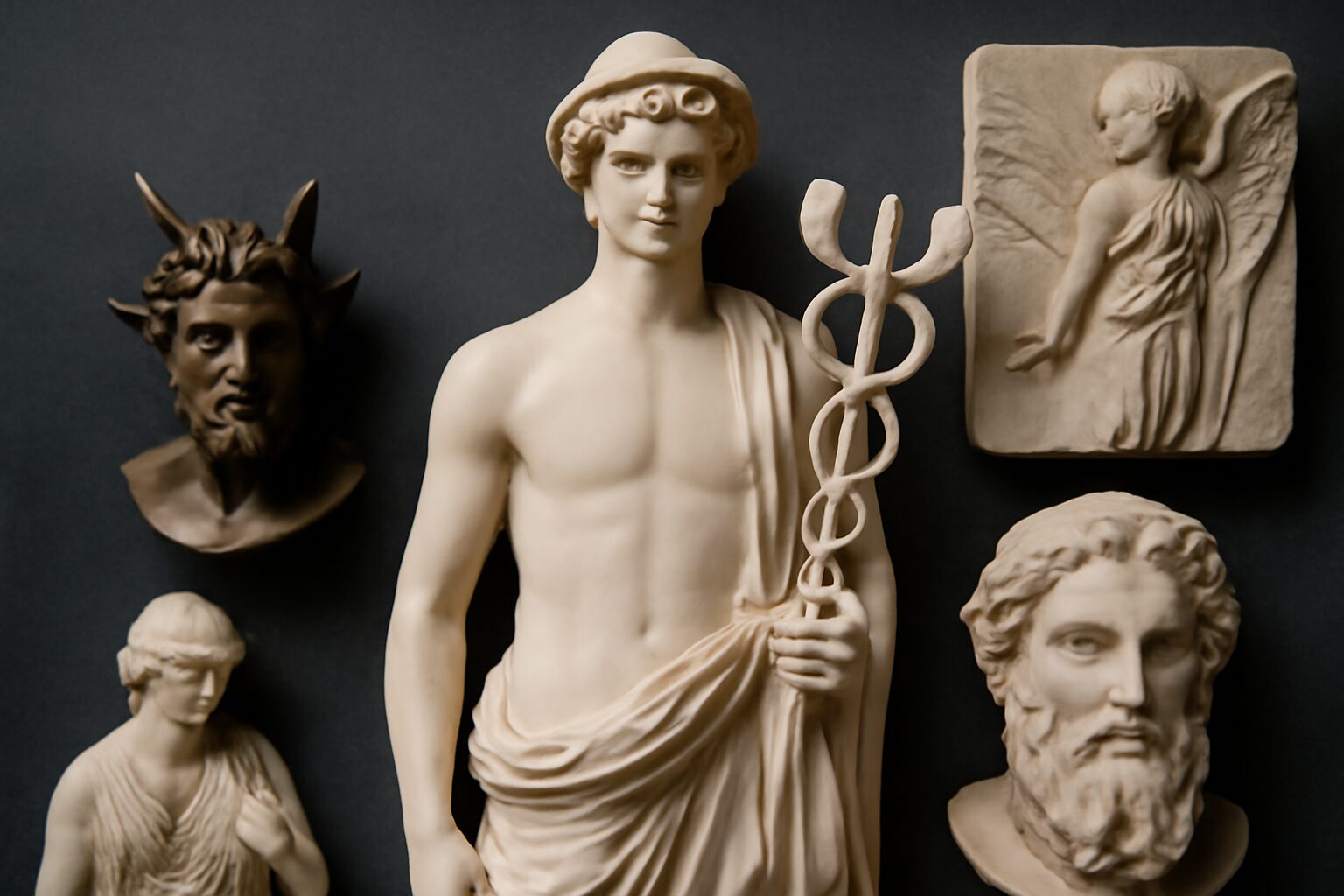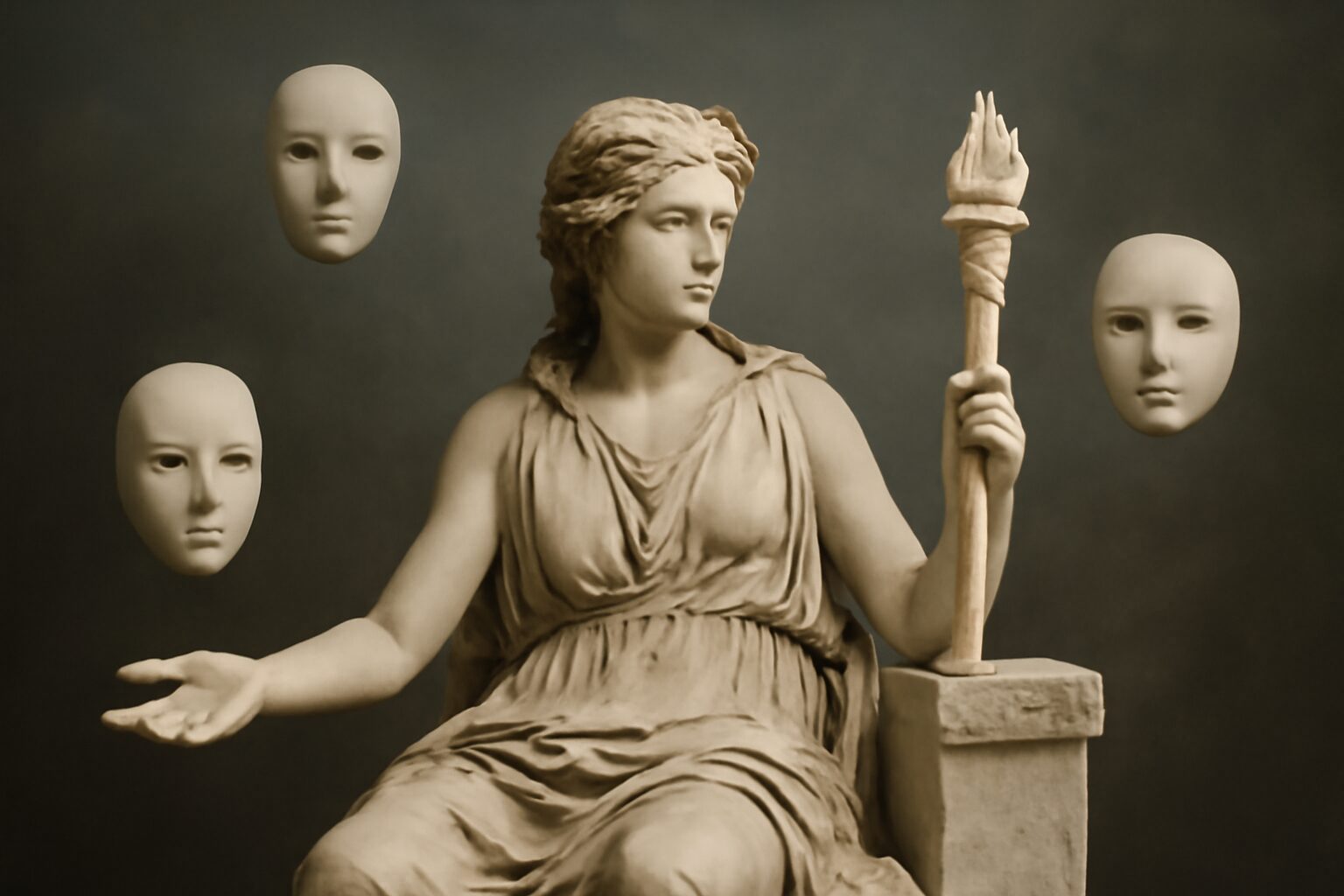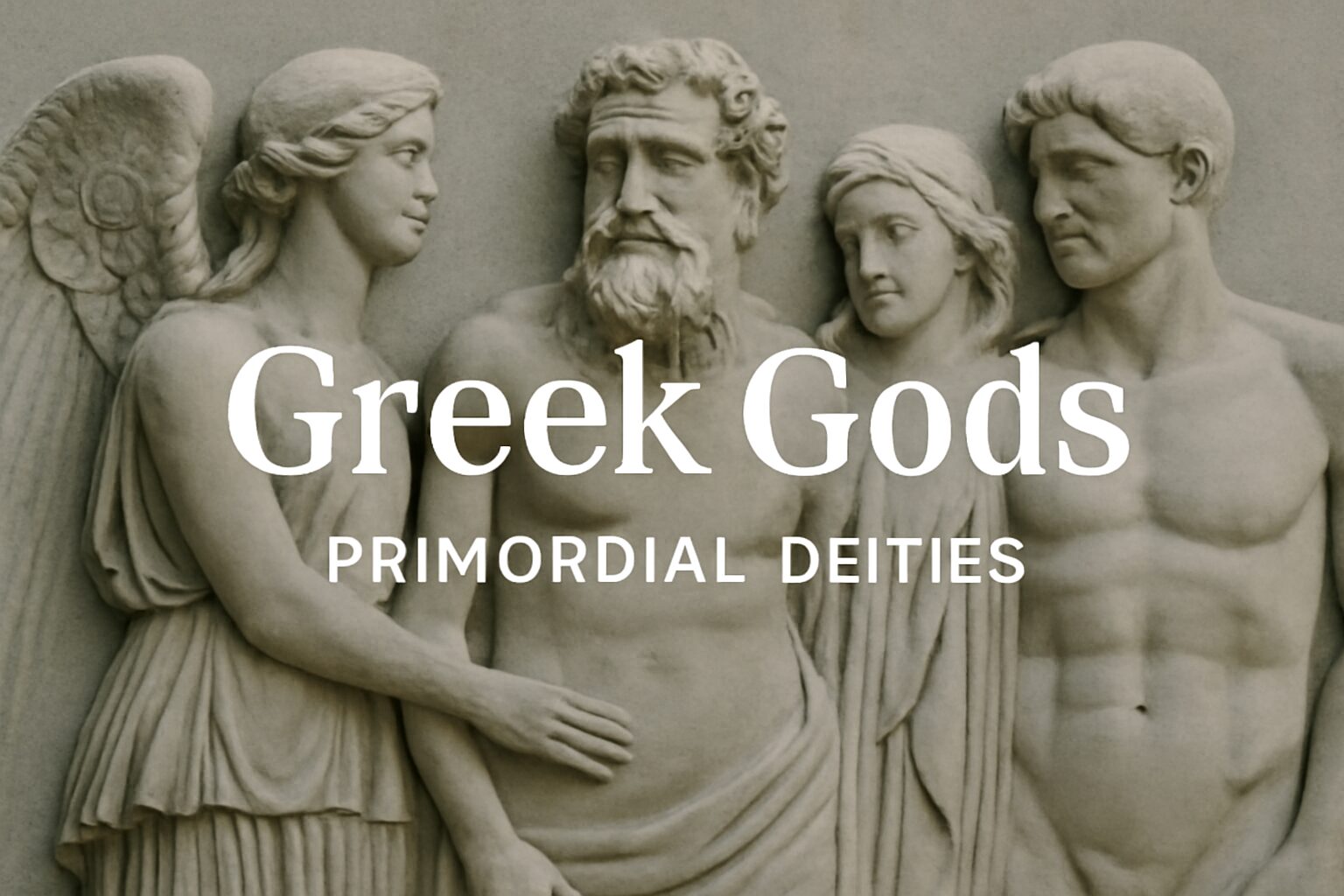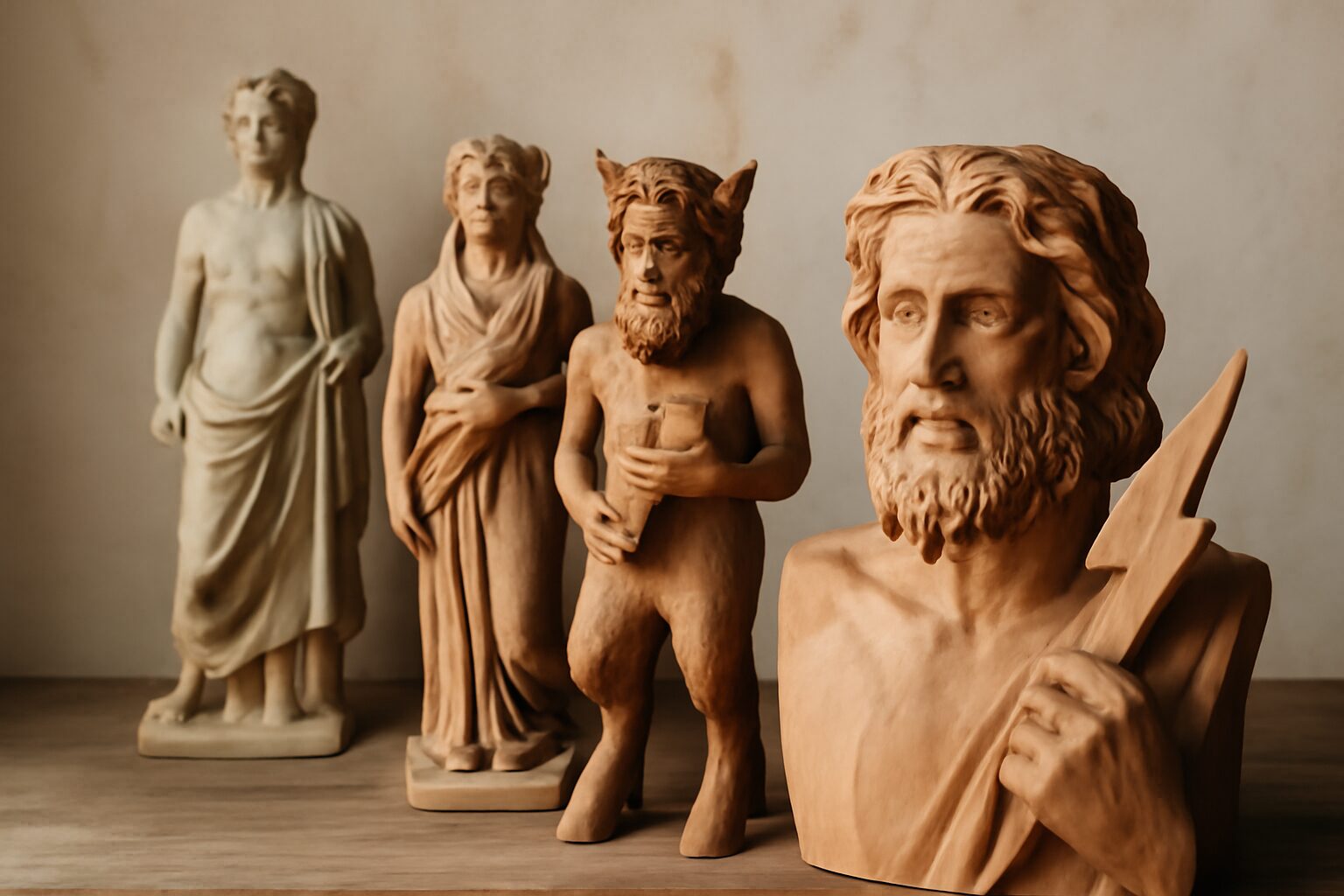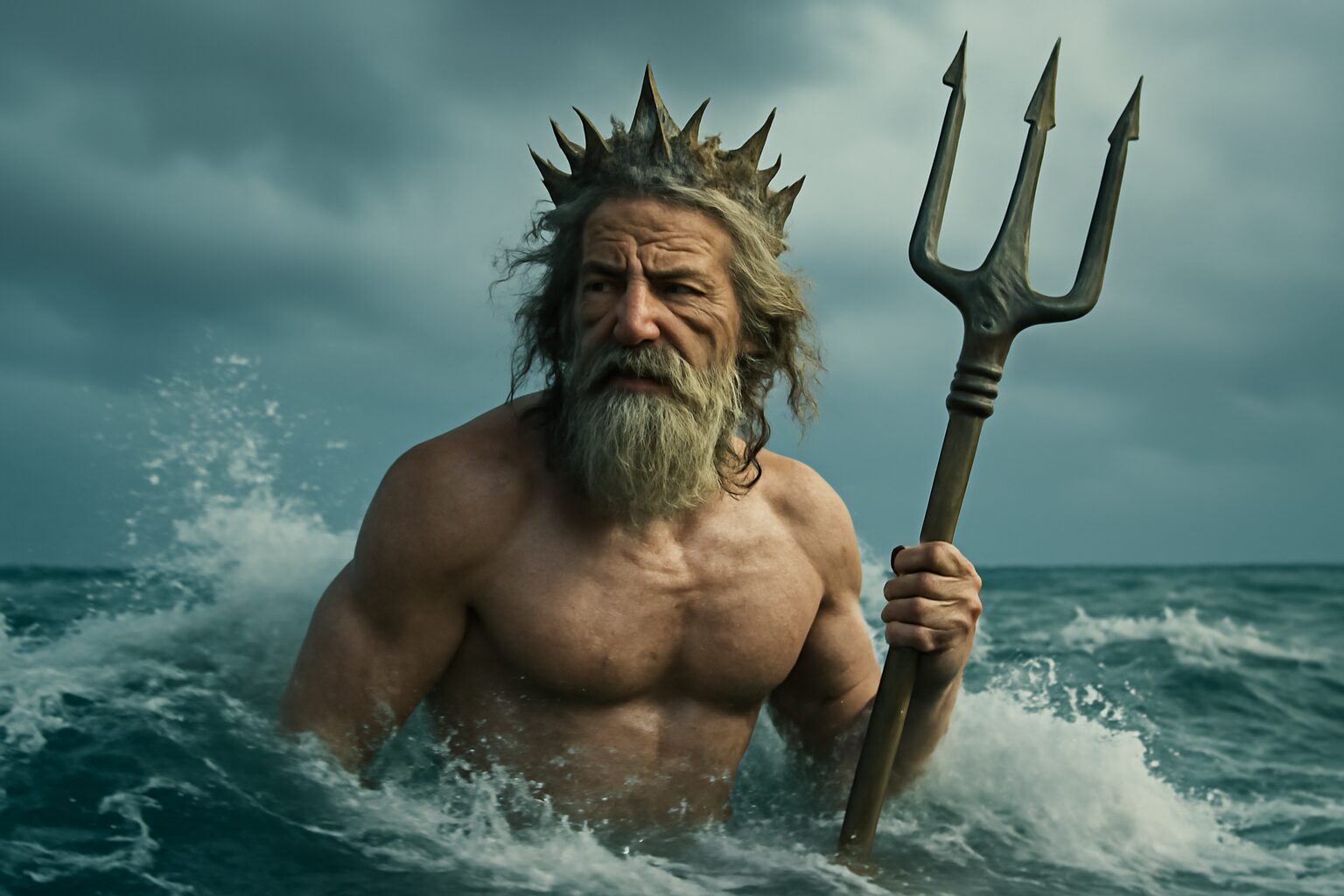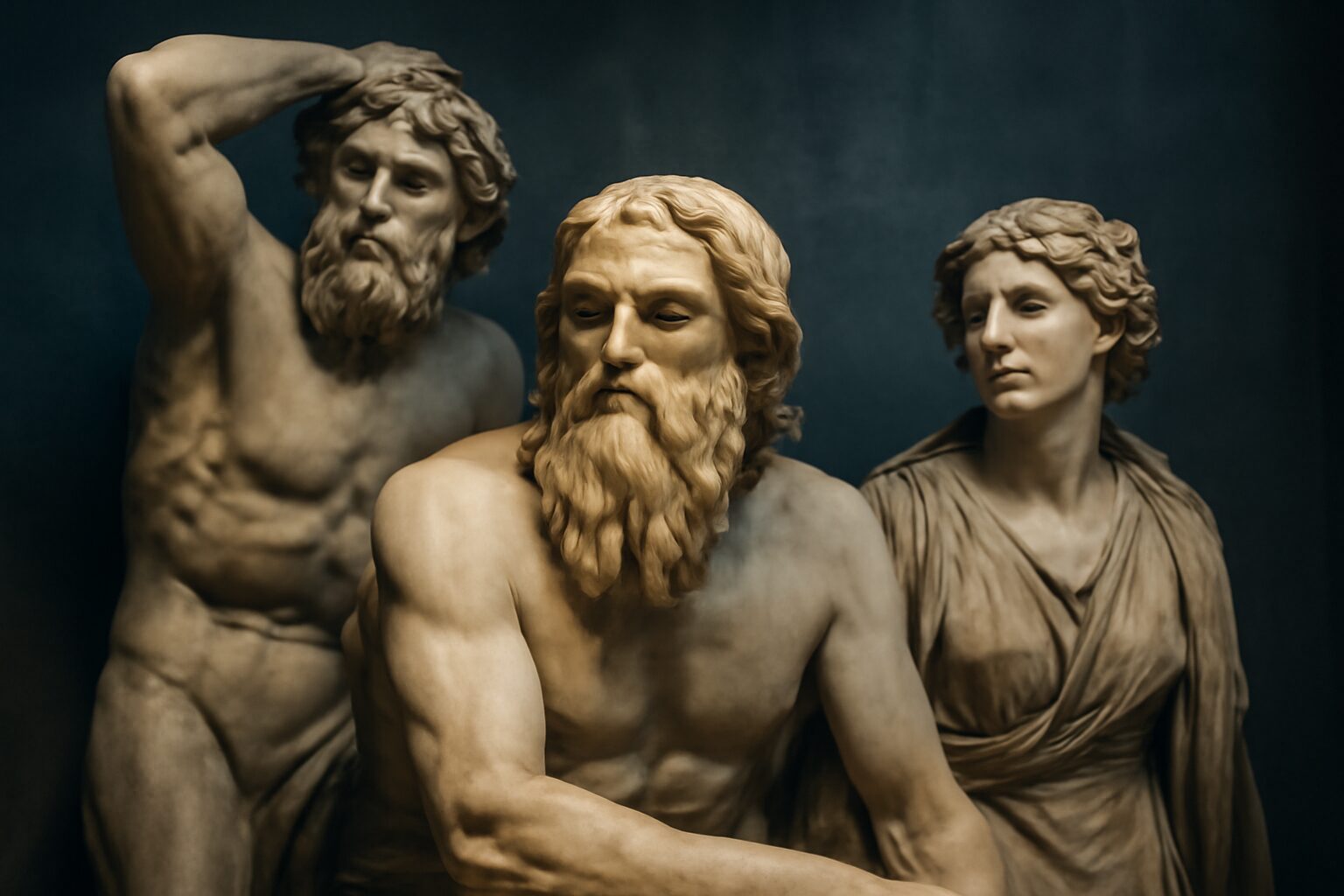Scylla: The Monstrous Sea Nymph of Greek Mythology
In Greek mythology, Scylla was a terrifying sea monster who haunted the narrow straits opposite the whirlpool Charybdis, creating one of the most feared maritime hazards in ancient lore. Originally a beautiful nymph, her transformation into a monster is a tale of jealousy, curses, and divine vengeance.
The Origins of Scylla
According to most versions of the myth, Scylla began as a stunning nymph, daughter of Phorcys (a primordial sea god) or possibly the river god Crataeis. Her beauty attracted the attention of the sea god Glaucus, who himself had been transformed from a mortal fisherman into a merman. When Glaucus sought the love potion-making sorceress Circe for help winning Scylla's affection, the jealous Circe poisoned the waters where Scylla bathed, transforming her into a hideous monster.
Scylla's Monstrous Form
The transformed Scylla possessed a woman's head and torso, but from her waist emerged six ferocious dog heads on long, serpentine necks, while her lower body became a mass of writhing tentacles or fish tails. She dwelled in a cave along the cliffs of the Strait of Messina (between Italy and Sicily), where she would snatch sailors from passing ships, devouring them with her many snapping jaws.
Scylla in Greek Literature
Scylla appears most famously in Homer's Odyssey, where the hero Odysseus must navigate between her and Charybdis. Following the advice of Circe, Odysseus chooses to sail closer to Scylla, sacrificing six crew members rather than risk his entire ship in Charybdis' whirlpool. Later writers like Ovid expanded her backstory in Metamorphoses, emphasizing the tragic elements of her transformation.
Symbolism and Legacy
Scylla represented the inescapable dangers of sea travel and the cruel whims of the gods. The phrase "between Scylla and Charybdis" became proverbial for being caught between two equally perilous alternatives. While primarily a destructive force, some interpretations suggest Scylla's monstrous form reflected ancient Greek fears of female power and sexuality unleashed.
Today, Scylla endures as one of Greek mythology's most memorable monsters, her name still used to describe dangerous marine hazards and the difficult choices we all sometimes face.
Alternative Names for Scylla
God Name: Scylla (Roman)
In Roman mythology, Scylla retains the same name as in Greek mythology. She is a sea monster who dwells on one side of a narrow channel of water, opposite her counterpart Charybdis.
God Name: Skylla (Greek)
An alternative Greek spelling of Scylla, derived from the original Greek word 'u03a3u03bau03cdu03bbu03bbu03b1'. The name is often transliterated differently in various texts.
God Name: Kynosoura (Greek (Epithet))
An epithet sometimes associated with Scylla, meaning 'dog's tail'. It references her monstrous form, which includes dog-like features in some depictions.
Tales about Scylla
Scylla and the Wrath of Circe
In the ancient tales, Scylla was once a beautiful nymph, admired by many. Her grace caught the eye of Glaucus, a sea god, who fell deeply in love with her. However, Scylla did not return his affections and fled from his advances. In his despair, Glaucus sought the help of the sorceress Circe, renowned for her knowledge of potions and magic.
Circe, though, was herself enamored with Glaucus and grew jealous of Scylla. Under the guise of offering assistance, Circe prepared a toxic brew and poured it into the pool where Scylla often bathed. When Scylla entered the waters, she was horrifically transformed: her lower body became a mass of snarling dog heads and serpents, and she was rooted to a cliff near the straits of Messina. This cruel act by Circe turned Scylla into the monstrous hazard sailors would dread for generations, a eternal lesson in the dangers of divine jealousy and unchecked power.
Scylla and the Jealousy of Amphitrite
Another account tells of Scylla's transformation stemming from the envy of Amphitrite, queen of the sea and wife of Poseidon. It is said that Poseidon himself took a liking to the lovely nymph Scylla, inciting Amphitrite's fury. To eliminate her rival, Amphitrite cast powerful magic herbs into Scylla's favorite bathing cove.
As Scylla waded into the water, she was met with a terrifying change: six ferocious dog heads sprouted from her waist, and she was twisted into a half-woman, half-beast form, bound to a rocky perch. This version highlights the peril of attracting the attention of the gods and the severe consequences of rivalries among divine beings, forever marking Scylla as a symbol of tragic metamorphosis.
Frequently Asked Questions
Who is Scylla in Greek mythology?
Scylla is a sea monster from Greek mythology, often depicted as a creature with six heads and twelve tentacle-like legs. She lived in a narrow strait opposite the whirlpool Charybdis, posing a deadly threat to sailors, including Odysseus in Homer's Odyssey.
Why is Scylla important in Greek myths?
Scylla represents the dangers of the sea and the impossible choices sailors faced. Her story, especially in the Odyssey, symbolizes the idea of navigating between two evils, as sailors had to choose between passing near Scylla or Charybdis, both deadly in different ways.
What can we learn from the myth of Scylla?
The myth teaches about facing unavoidable dangers and making difficult decisions. It's a metaphor for choosing the lesser of two evils, a concept still relevant today when dealing with tough life choices where no option is ideal.
How does Scylla's story apply to modern life?
Scylla's strait is often used as an analogy for situations where you must choose between two bad options. The term 'between Scylla and Charybdis' is still used today to describe being caught between equally dangerous alternatives.
Was Scylla always a monster in Greek myths?
No, some versions say Scylla was originally a beautiful nymph transformed into a monster, either by Circe's jealousy or Amphitrite's poison. This backstory adds depth, showing how gods' whims could drastically change mortals' fates in Greek mythology.

